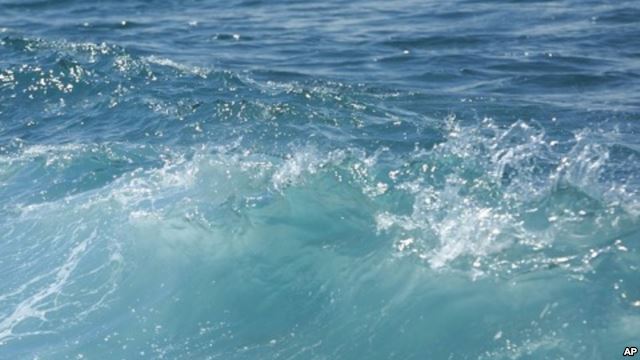
I frequently see the assertion made that infrared (IR) radiation cannot warm a water body because IR only affects the skin (microns of water depth), whereas solar radiation is absorbed over water depths of meters to tens of meters.
Before discussing the issue, though, we first must agree that temperature and temperature change of a body is related to rates of energy gain and energy loss by that body. If we cannot agree on the basic concept that temperature changes when energy gain does not equal energy loss, then there is no basis for further discussion.
If the surface of a water body is emitting IR, then IR must be part of its energy budget, and therefore of its temperature. Evaporation only occurs at the skin, and we know that evaporation is the major component of heat loss by water bodies. How is it that evaporation can perform this function, and IR cannot?
The temperature of land clearly is affected by IR, and that only occurs at the surface of the soil. So, how can IR affect land temperature and not ocean temperature?
If you claim that any additional IR (say, due to increasing carbon dioxide) is immediately lost by the water body through evaporation, how exactly does that occur? The surface doesn’t know why it has the temperature it does, it will evaporate water based (partly) on surface temperature, and it does not distinguish where the heat comes from (solar radiation from above, mixing from below, IR from above, sensible heat flux across the air/water interface). To claim that any energy gain from IR is immediately lost by evaporation is just an assertion.
NEVERTHELESS…
It might well be that solar radiation is more efficient (on a Watt per Watt basis) than IR radiation at changing ocean temperature. In other words, that IR warming of a water body is more likely to be lost through evaporation, since its warming effect does occur only at the surface, and so that energy is more likely to be lost through evaporation than absorbed solar radiation would be.
The effect would be greatest during low wind conditions, when vertical mixing of the water is weakest.
From what little I know of ocean modelling, this potential effect – which I presume is what people are talking about — is not taken into account. I suspect it would have to be parameterized, because it occurs on such a small scale. As far as I know, a Watt of IR is treated the same as a Watt of solar in the energy budget of the top ocean layer in a model.
I would like to hear what others know about this issue. I suspect it is something that would have to be investigated with a controlled experiment of some sort.

 Home/Blog
Home/Blog




http://www1.lsbu.ac.uk/water/vibrat.html is no longer a good link. It would be very helpful if you provide us more information or another copy of the data. Thank you.
Dear All,
I feel sorry for Dr Spencer.
I covered most of the topics needed for understanding the above issues in my Mechanical Engineering Degree and regularly use the principles I learnt to design and analyse all sorts of equipment.
Can I suggest that anyone who is struggling with the above takes the time to get a Mech Eng Degree that includes Heat Transfer?
If you don’t have time then looking something similar to my Uni Text JP Holman “Heat Transfer” might provide the basis for everything needed for understanding this topics. Radiative heat exchange between bodies and through gasses, convection evaporative heat exchange are all in there, supported with many references and tests and technical articles. Understanding that there is a slight order of magnitude difference between plant and equipment and oceans, but the science still applies the same.